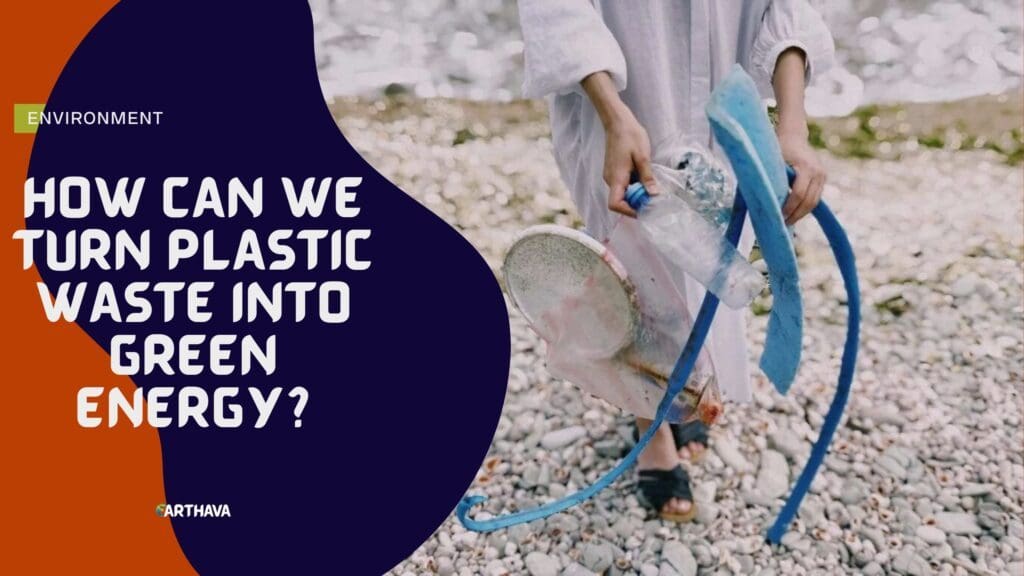Let’s face it — plastic is a problem. There’s a giant patch of waste plastic floating in the Pacific Ocean, interfering with natural ecosystems. Dubbed the Great Pacific Garbage Patch, this floating landfill is three times the size of France, and it’s getting bigger by the day.

While recycling plastic waste is the ideal solution, some companies are taking it a step further and turning plastic waste into renewable energy. Let’s take a closer look at how this works and which companies are already doing their part to reduce plastic waste.
From Waste Plastic to Green Energy
How can companies turn their waste plastic into green energy without creating more greenhouse gases that can further damage the environment? First, they need to reduce plastic to its base components. A primary ingredient in most plastic is crude oil, which can be a fuel source.
Plastic recycling takes place in one of two ways. Traditional recycling, also known as manual recycling, tears apart the plastics and breaks them down into small pellets that can later get melted down and reused in other plastic products.
Chemical recycling comes in two “flavors” — gasification and pyrolysis.
Gasification requires heating the plastic with air or steam. This process produces synthesis gas, or “syngas,” which can become vehicle fuels like gasoline and diesel.
Pyrolysis is similar to gasification in that it requires heating the recycled plastic. The difference between the two processes is that during pyrolysis, the plastic gets heated in an anaerobic environment, meaning there is no oxygen. The result is as close as we can get to returning plastic to its original form, a substance that resembles crude oil that can get refined into fuel.
The goal of pyrolysis is to turn the plastic into hydrogen, methane, and ethylene. The first two substances can burn as clean fuel sources because they produce very little CO2.
Rethinking Plastic
Pyrolysis, when paired with cold plasma, can also be used to recover components that can return directly to the industry. It is probably the best way to use plastic because traditional recycling perpetuates the problem. It creates more plastic that might end up in landfills or the ocean. By breaking down plastic to its base components, it can be remade into new things without creating additional greenhouse gases or causing more problems later down the line.
That could give us the tools we need to change technology and industry from something that is damaging the planet into something that can save it.
Efficiency in the Industry
Plastic isn’t the only problem or the only place where we can reduce industrial waste. The plastics industry uses compressed air for everything from extruding plastic into molds to cooling the plastic once it has been de-molded. Improving the compressed air system in a plastics plant can save a company more than $27,000 a year in energy costs and waste.
Reducing the amount of energy used to produce plastic products can help a company reduce its carbon footprint — if they are using less energy, it will require fewer tons of fossil fuels to create that energy.
Brand-Name Recycling
Several high-profile companies have been looking for ways to reduce the plastic in their products or to combat the growing plastic problem. Nike, for example, made jerseys out of 100 percent recycled plastic, and Adidas took steps to remove plastic bags from their stores by 2020.
While many industries are looking into ways to change their plastic waste into energy, as well as many university researchers, no one has managed to implement a full waste-to-energy recycling plan to date.
Plastic will continue to be a problem until we can establish a fully circular economy where nothing goes to waste anymore, but until that happens, turning plastic waste into energy is a smart solution that will help us keep the Great Pacific Garbage Patch from growing any more substantial than it already is.


